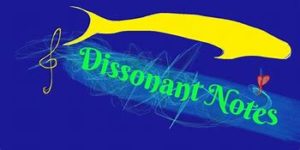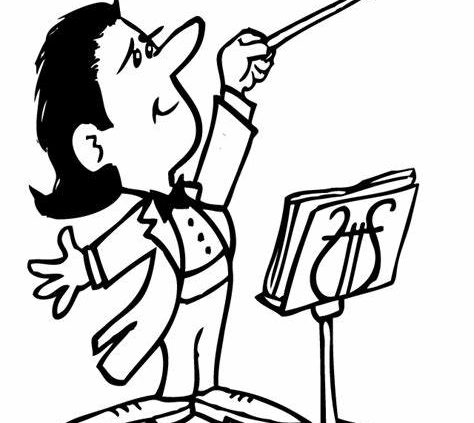The Sermon is a Symphony
The Sermon is a Symphony

Hamlet
In Shakespeare’s play, Hamlet, there is a scene in which the main character, Hamlet, is walking down the corridor of the palace reading. Someone asked him, as he walked, what he was reading. His response was, “Words, words, words, words”. In other words, nothing much, just a jumble of unimportant words. In this post we are going to look at another view of words. They aren’t just blah, blah, blah until the end. Rather, the sermon is a symphony of words that go together to form a masterpiece.
A symphony is a worthy metaphor for a sermon. In a symphony, a variety of instruments, playing a variety of notes, blend together to create something musically please, and something that calls for a reaction from the audience.
In a similar way, a sermon blends together a variety of words to move people to respond.
The words that we use are important. Words can inspire people toward good or bad actions (think of Hitler’s impassioned speeches for an example of bad inspiration). Words can challenge people to a new way of thinking or a new way of acting (I think of a man who changed the course of his life because of a preacher at a rescue mission).
If the sermon is a symphony of words, how do I compose this symphony as a sermon writer?
Make Sure You Use Commonly Understood Words
There’s a great explanation of of this principle given by Harry Farro in The Sermon Doctor. He writes,
“…words contain no meaning in and of themselves. The meaning resides within people, in their heads. Words only serve as triggers to meanings already present in people. For example, the word friztarp, a made-up word, has no meaning for you until I tell you that ‘friztarp’ means to grill fish on an open fire. But from now on when I use that trigger, the same meaning will be conjured up for you as for me, since we will now share a common meaning for the sounds. (page 124).
The point is this: if the sermon is a symphony of words, I need to use words that are understood by my audience.  I’ve reflected on this elsewhere in this blog, pointing out the need to talk conversationally. Now, add to that the importance of using words that hold a common understanding for you and for your audience. If there isn’t a common understanding, words that we might tend to use in our messages will need definition. The point is that the words you use create pictures in your hearers’ minds.
I’ve reflected on this elsewhere in this blog, pointing out the need to talk conversationally. Now, add to that the importance of using words that hold a common understanding for you and for your audience. If there isn’t a common understanding, words that we might tend to use in our messages will need definition. The point is that the words you use create pictures in your hearers’ minds.
For instance, take the word “salvation”. Is there a common understanding about what that means? What about God’s omnipotence, or his omniscience? Inspiration? Do people track when you use these kinds of words? If not, give definitions.
The Symphony and Discordant Notes
 A second part of making sure that the sermon is a symphony is to consider that the Holy Spirit inspired the writing of Scripture. Authors like the Apostle Paul used word triggers intentionally. If you are a preacher, it is your responsibility to figure out what the authors of scripture meant with their words. What were they communicating to their original audience? When you know that, you’ll be able to weave the “notes” from their writing into your symphony.
A second part of making sure that the sermon is a symphony is to consider that the Holy Spirit inspired the writing of Scripture. Authors like the Apostle Paul used word triggers intentionally. If you are a preacher, it is your responsibility to figure out what the authors of scripture meant with their words. What were they communicating to their original audience? When you know that, you’ll be able to weave the “notes” from their writing into your symphony.
There’s an old story about a pastor who preached about Jesus predicting the end times. Matthew 24:7 records Jesus saying that one of the signs of the approaching end is (in the King James Version) “earthquakes in divers places”. The preacher waxed eloquently about the deeps of the ocean as a place where divers go, and how they will be shaken by the upheaval of the earth in preparation for Jesus’ return. Unfortunately, the word doesn’t mean where divers go. It means various places, as newer translations point out. So, the preacher misled his people and gave the music of his presentation a discordant note.
So, pay attention to the words that you use.
Here’s a lengthy video by Kyle Idleman that makes the point that words are important. It’s long, but makes this point powerfully.



